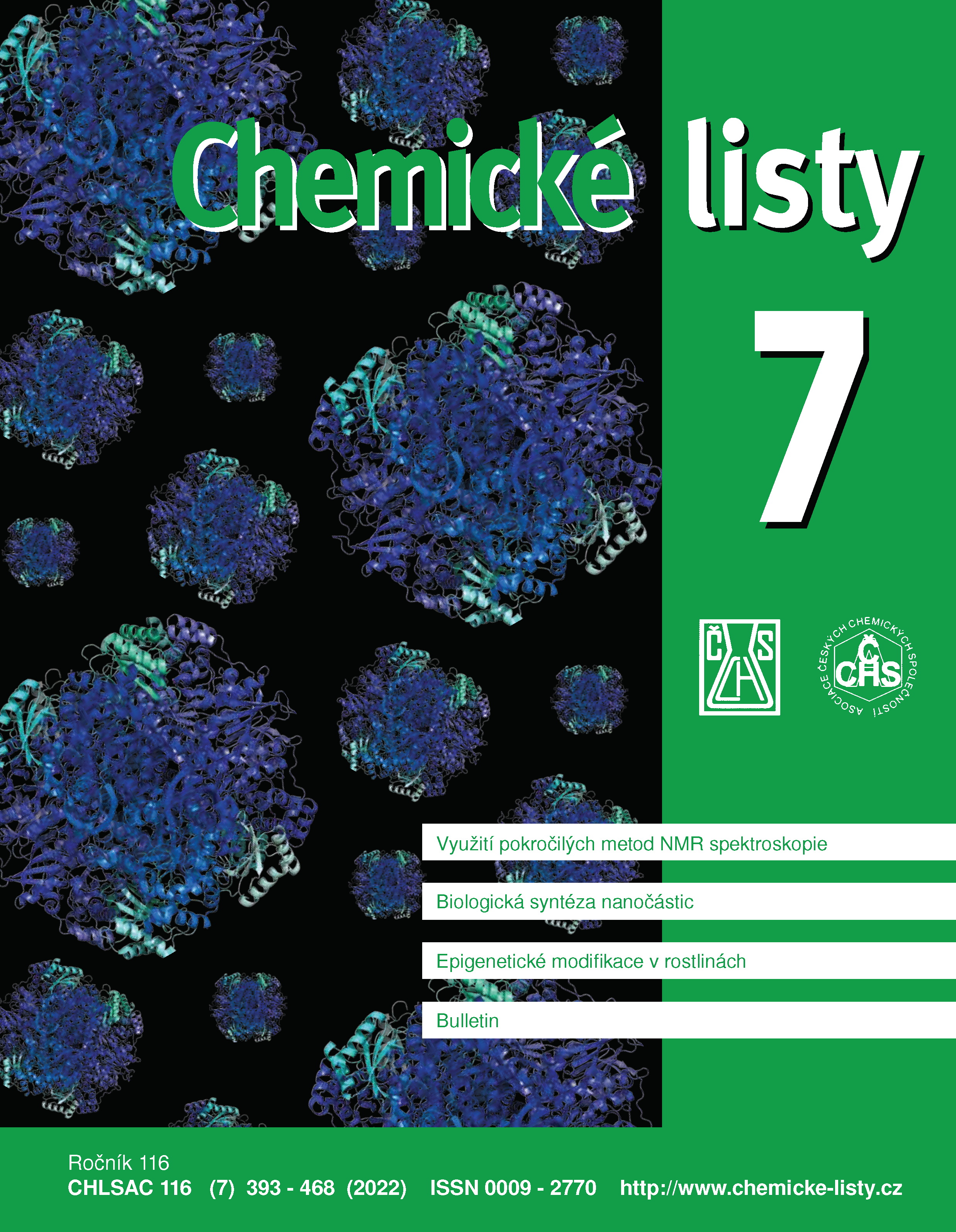Biologická syntéza nanočastíc: Rastlinné bionanočastice na báze železa pre remediáciu kontaminovaného životného prostredia
DOI:
https://doi.org/10.54779/chl20220405Klíčová slova:
bionanočastice, nanoremediácia, nanoželezo, zelená syntézaAbstrakt
It is known that nanoiron has a high reducing activity, due to which it can effectively dechlorinate organic pollutants and reduce toxic metals. Presently, nanoparticles are being synthesized by physical and chemical methods that use toxic substances and require high energy supply. The increasing global demand for sustainable and green technologies drives the development of biological methods that might overcome those limitations. In the case of nanoparticles, phytogenic synthesis using plants or plant tissues can be carried out. The key role is played by bioactive substances present in plants and their interaction with iron precursors (ferric/ferrous salt). The present article provides a current insight into the process of the "green" synthesis of nanoparticles, with the focus on the key parameters that should be taken into account during both the synthesis and environmental application.





